The tech industry is buzzing with anticipation as Samsung prepares to unveil what could be the most significant challenger to Apple's Vision Pro dominance. After months of leaks, teasers, and speculation, Samsung has officially confirmed that its first Android XR headset will be revealed on October 21 at a special "Worlds Wide Open" Galaxy event. The hook is not only the hardware. It is Samsung planting a flag and saying Android belongs in extended reality, a move that could reshape the competitive landscape Apple has owned since Vision Pro arrived.
The device, known internally as Project Moohan (which means "infinity" in Korean), aims to be more than just another headset. It reads like the start of a new ecosystem that challenges Apple's closed-platform style with an open, familiar Android feel. With Samsung expecting the headset to ship before the end of the year, the timing nudges it squarely into the holiday rush. That matters.
What makes Project Moohan a game-changer?
Samsung is not chasing a spec sheet trophy; it is trying to shift how we think about accessible spatial computing. Apple's Vision Pro wowed early reviewers, then hit a wall with a $3,499 price tag. Samsung is aiming for the lane where premium tech meets a wider audience.
Samsung is positioning Project Moohan as the next step for Android in spatial computing, and the approach differs from Apple's curated model. The company describes Android XR as designed to scale across form factors while positioning artificial intelligence at the center of immersive and everyday experiences. That sounds like a platform play, not a one-off gadget.
For developers and consumers, the implications are concrete. Apple launched Vision Pro with a small app garden that is growing slowly. Samsung is leaning on Android's huge existing library from day one, which could finally break the chicken-and-egg loop that has long haunted XR: no apps, no users; no users, no apps. Imagine familiar workflows showing up in 3D space, the same icons you know, just floating where you need them.
The Android XR advantage: Platform ecosystem meets innovation
Samsung's partnership with Google and Qualcomm is producing something ambitious, a unified platform that invites existing Android life into XR. The headset runs Android XR, a new platform developed with Google, so the jump from phones to spatial computing feels less like a leap and more like a lane change.
The input story matters too. Samsung describes Android XR as "a powerful platform optimized with AI embedded right from the start", enabling voice, gaze, gesture, and context for navigation. Not one input to rule them all, but a mix that adapts to you. That is a step beyond today's one-size-fits-most interfaces.
Then there is compatibility. Android XR is compatible with a broad range of apps and tools from the Android ecosystem, which could hand Samsung millions of apps on day one. Vision Pro asked many developers to adapt or rebuild. This approach invites them in.
Co-developed with Google and Qualcomm, Android XR is not built for a single headset, it is designed to scale across form factors and extend spatial computing into everyday use. Samsung is playing a longer game here, one where phones, tablets, glasses, and headsets share the same spatial language.
Technical specifications that deliver on the promises
The leaked specifications point to a device that competes on raw capability as well as platform smarts. Leaks point to dual micro-OLED panels with a crisp 3,552 × 3,840 resolution, a total pixel count that surpasses Apple's Vision Pro, whose panels have a resolution of 3660 x 3200 pixels. Sharper text, cleaner edges, less eye strain; that is the promise.
Under the hood, Project Moohan runs on Qualcomm's Snapdragon XR2+ Gen 2 chip. Translation, enough power for demanding XR apps with attention to efficiency, the two things every headset battles.
Comfort counts. Moohan is reportedly 545 grams, while Vision Pro weighs anywhere from 600 to 650 grams. Fifty to one hundred grams may not read like much, but on your face for an hour, it does. Samsung also tackles battery anxiety by supporting an external USB-C battery pack to extend runtime. Fewer breaks, more flow.
Input strategy could be the tie-breaker. Moohan reportedly has two first-party motion-sensing controllers, while Vision Pro is based around hand gestures and only offers third-party controller support. For games and precise professional work, physical controllers can feel like the right tool.
Market positioning in a rapidly evolving landscape
Samsung's timing hints at a read on the market that feels savvy. Samsung's move signals that XR is shifting from experimental to essential, especially as enterprises and prosumers find real value in spatial tools for collaboration and productivity.
Pricing looks aimed at the premium tier without going full luxury. Official numbers are not out, yet several reports suggest the launch price could be above $1800. That puts it in reach for enthusiasts and professionals who balk at Apple's $3,499.
The calendar clash adds drama. The event is being announced as Apple is reportedly close to launching a new version of its Vision Pro headset that's powered by a faster chip. Samsung wants to set the tone before Apple resets it.
Samsung is already warming up the crowd. Those who reserve a Project Moohan headset now will receive $100 credit toward other Galaxy products. A small perk, sure, but it nudges buyers deeper into the Galaxy orbit.
The broader implications for XR's future
The October 21 unveiling is not just Samsung joining the XR race; it could be the moment spatial computing feels less like a demo and more like a daily tool. Samsung's move comes at a crucial time for the extended reality (XR) landscape, as the market tries to break past early adopters.
A platform-first play with Android XR shifts the conversation. With AI threaded throughout, multimodal AI could offer the foundation for how teams collaborate, train, and create inside virtual spaces. That is utility, not novelty.
The global unveiling will be livestreamed through Samsung's official website and YouTube channel. If Samsung delivers on seamless Android integration, sharp pricing, and lighter hardware, everyday spatial computing starts to sound realistic. I would not be surprised if this is the moment Android becomes the credible alternative to Apple's closed XR garden.
The success of Project Moohan could decide whether Android becomes a viable counterweight in XR, accelerating adoption through the same open approach that boosted Android phones. This launch is not just about one headset; it is about laying track for the next big shift in computing.




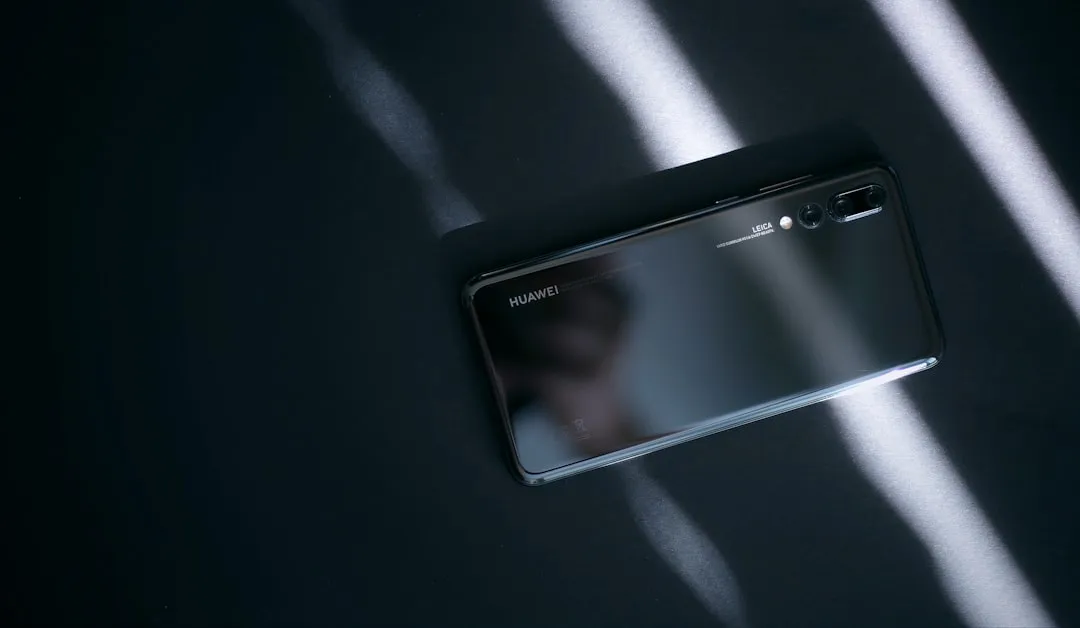
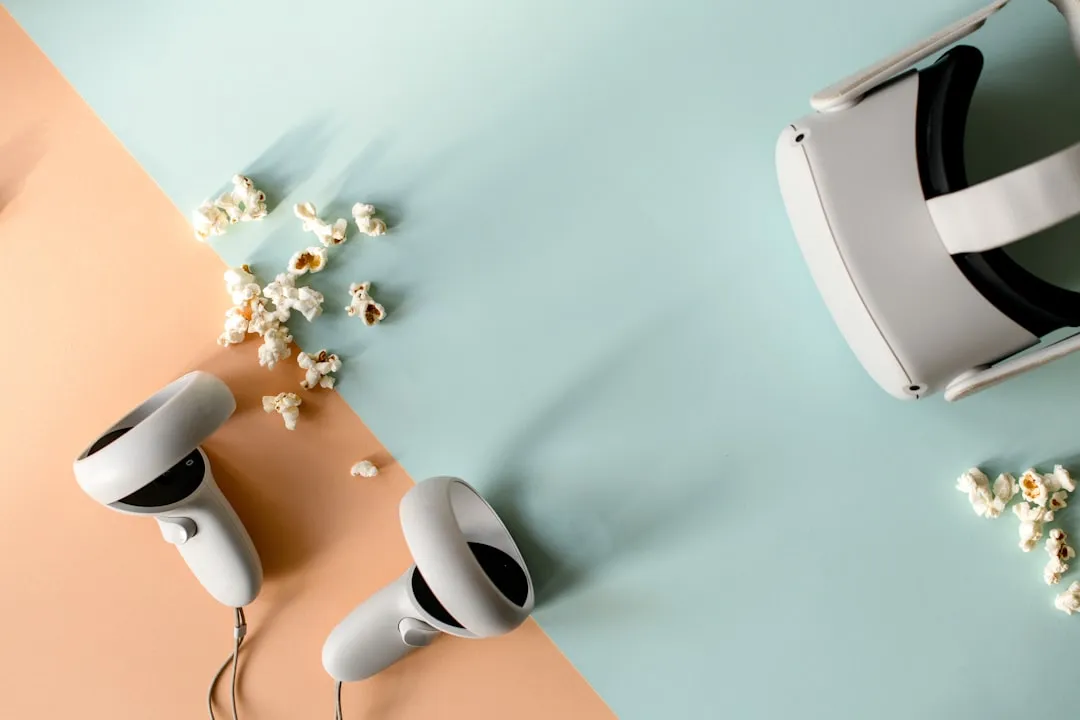
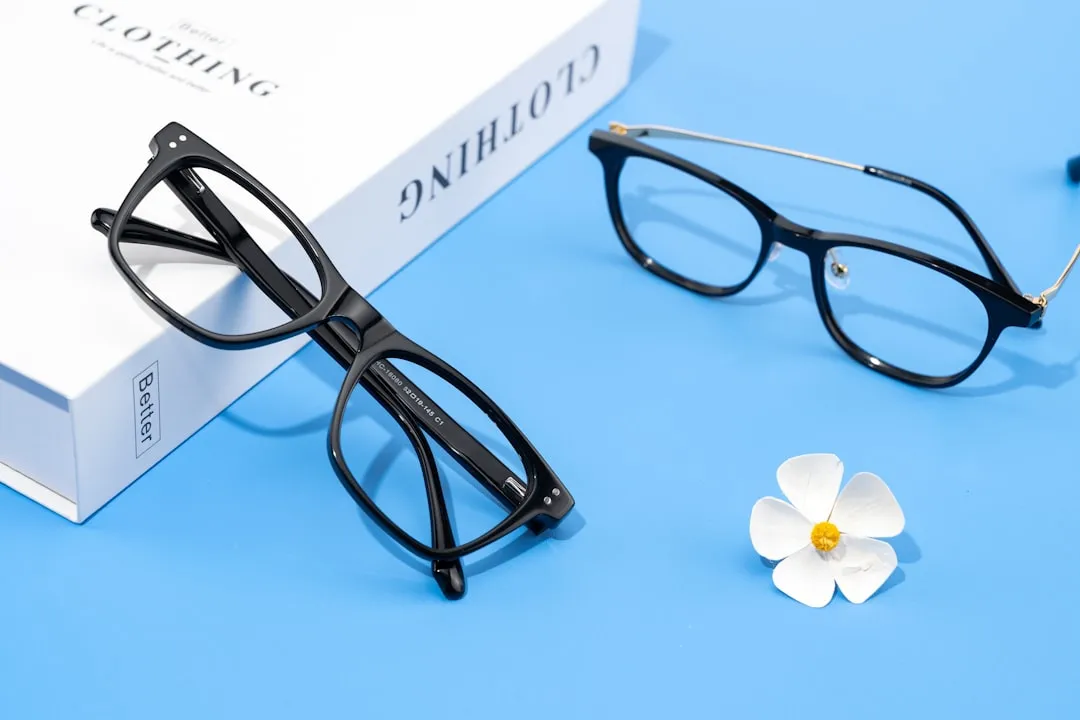
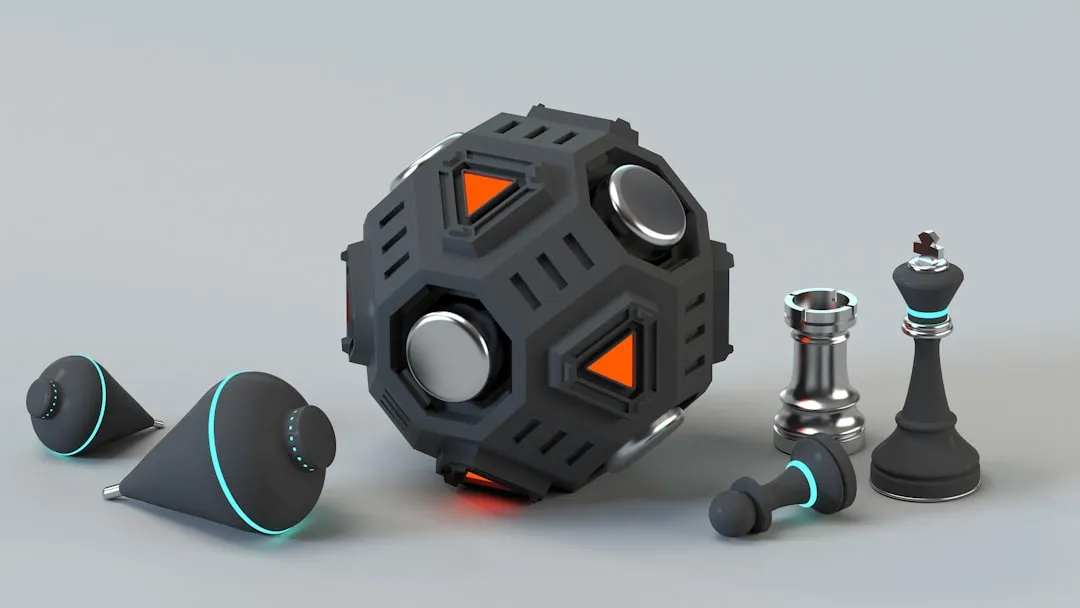

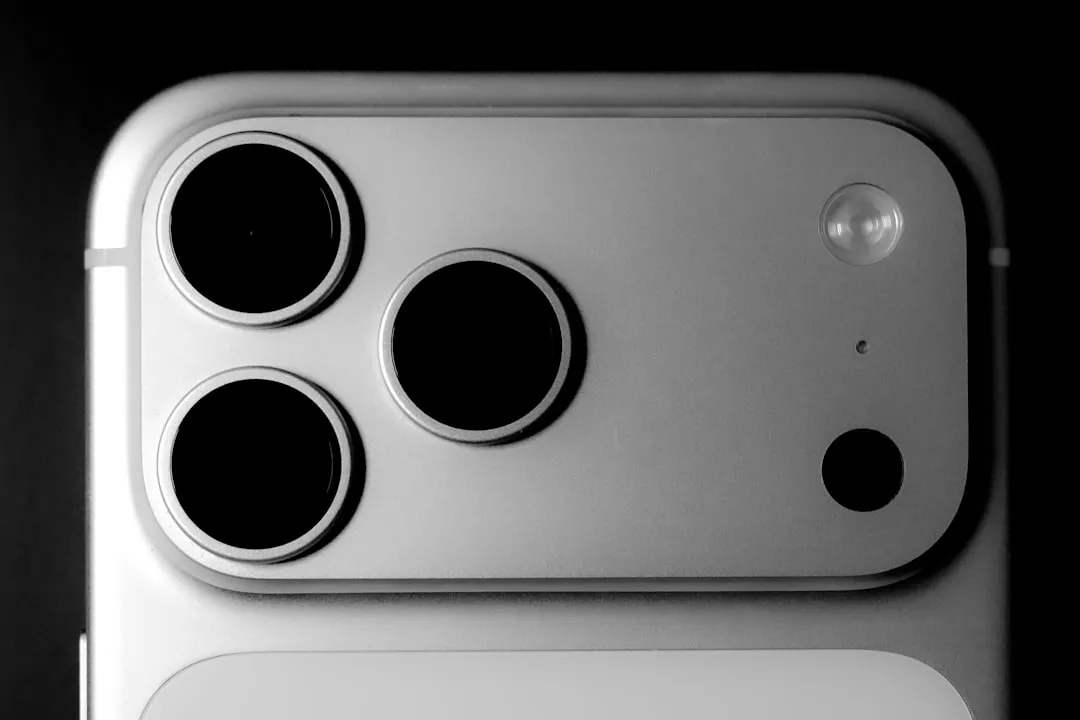
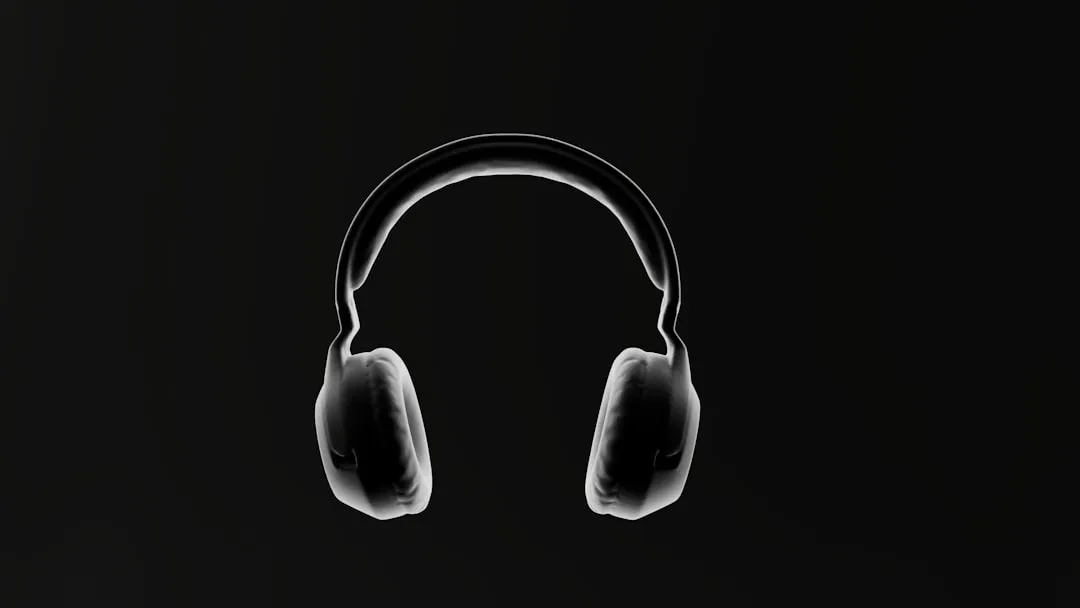



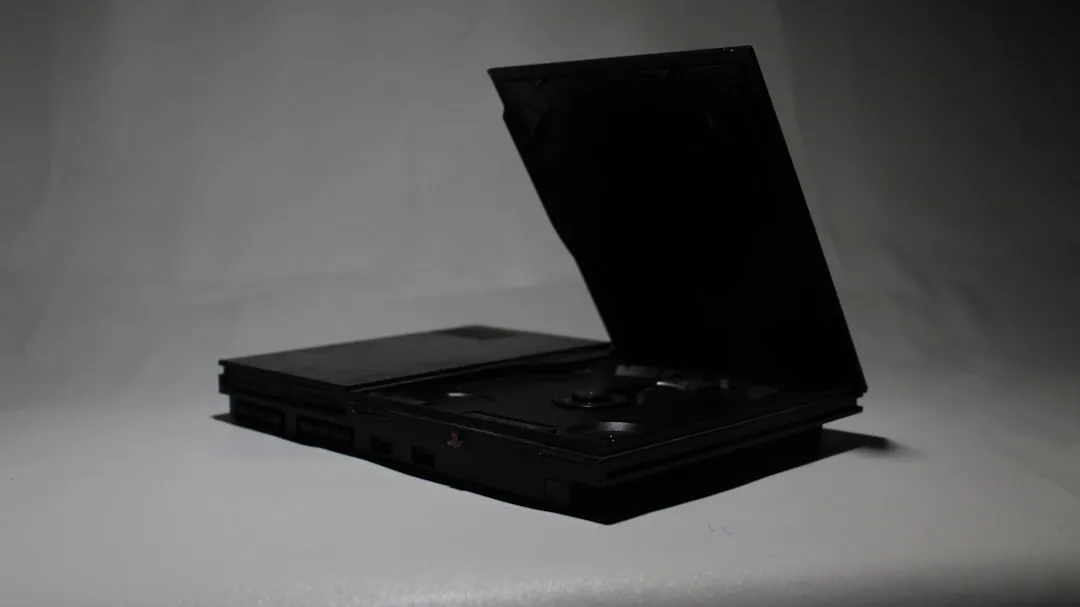




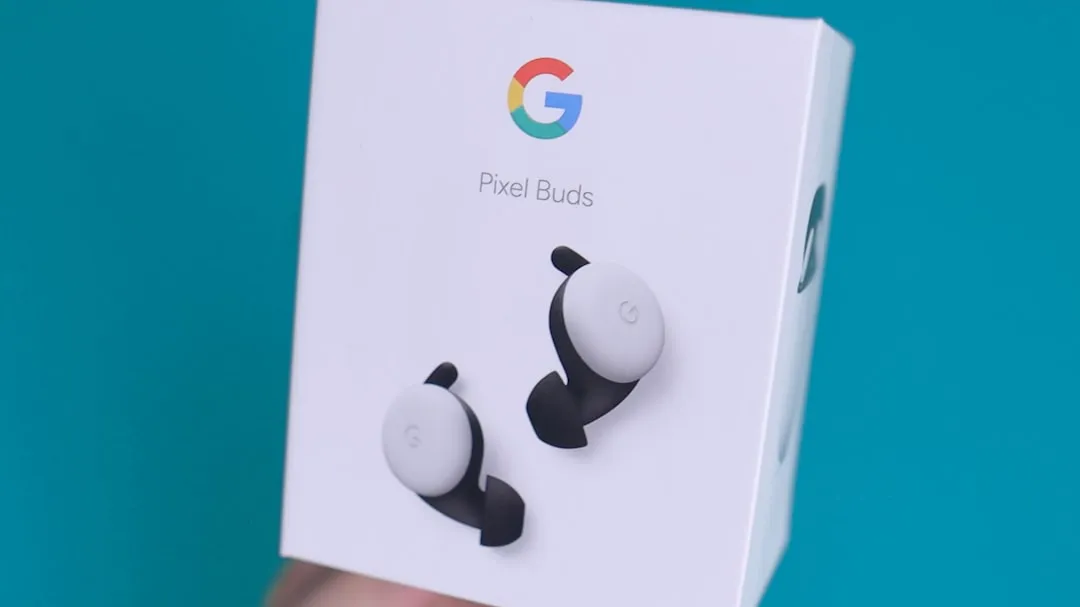

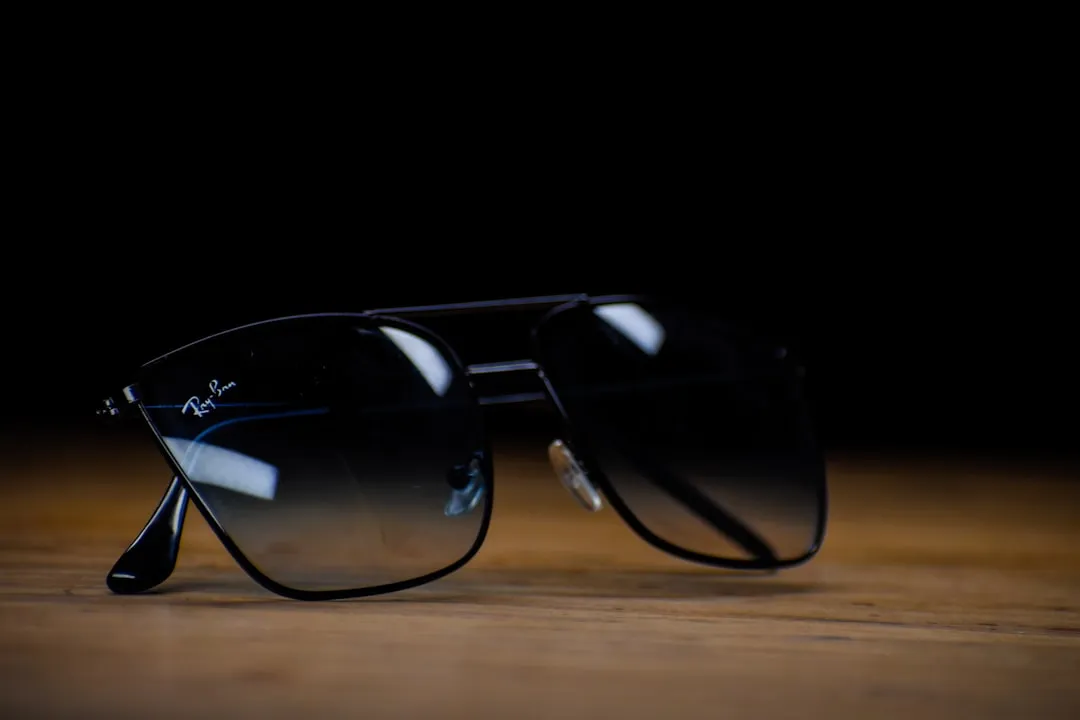
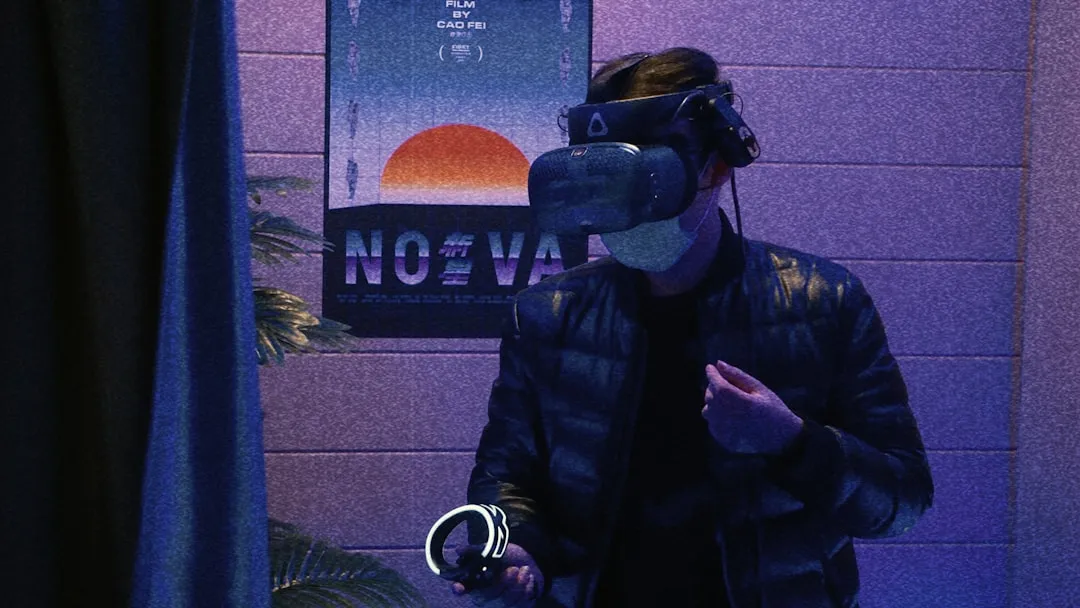
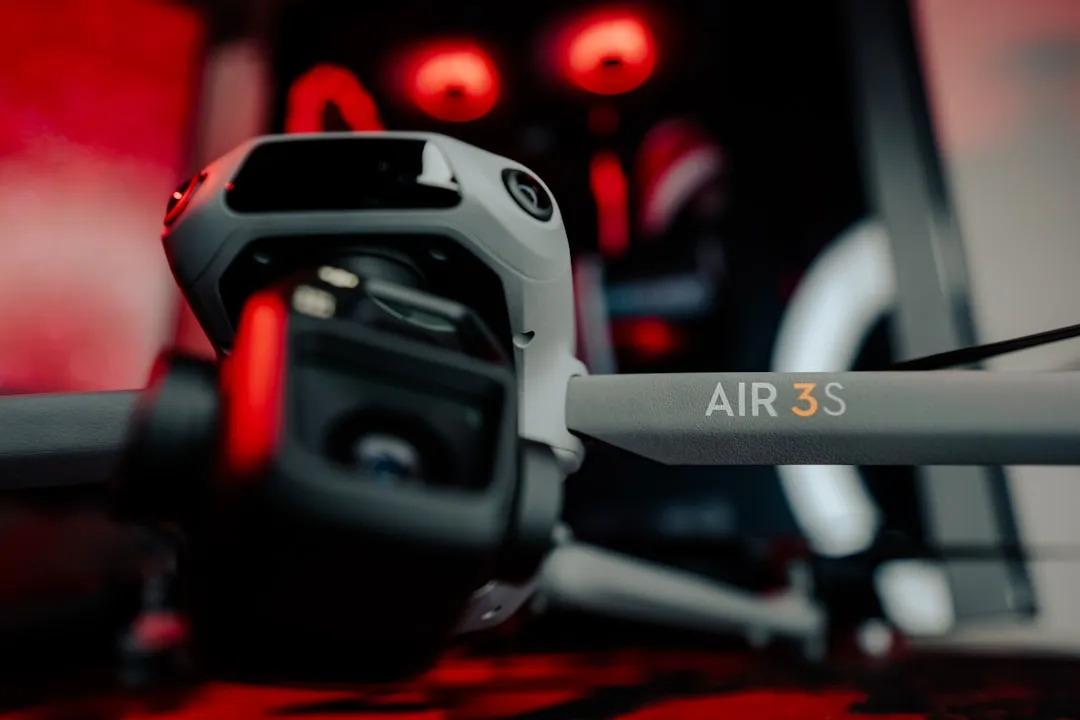

Comments
Be the first, drop a comment!